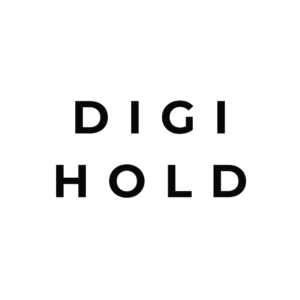Email Marketing & Automation: The Ultimate Guide to Boost Engagement and Sales
Introduction
Email marketing remains one of the most effective digital marketing strategies. With an ROI of around 40 dollars for every 1 dollar spent, it’s a powerful way to engage your audience, nurture leads, and drive conversions. However, to maximize results, you need automation.
In this guide, we’ll cover everything you need to know about email marketing and automation, from best practices to automation workflows that save time and increase revenue.
What is Email Marketing?
Email marketing involves sending promotional, educational, or transactional messages to a list of subscribers who have opted in to receive them. It’s commonly used for:
- Lead Nurturing: Engaging prospective customers until they’re ready to buy.
- Customer Retention: Keeping existing customers informed and engaged.
- Sales and Promotions: Driving purchases through special offers and discounts.
- Brand Awareness: Staying in front of your audience consistently.
What is Email Automation?
Email automation is the process of sending emails based on predefined triggers or schedules. It allows businesses to send the right message at the right time, reducing manual effort and increasing overall efficiency.
How Email Automation Works
- Triggers – Actions that initiate an email sequence (e.g., sign-up, purchase, cart abandonment).
- Workflows – A set of automated emails sent based on specific subscriber actions or timelines.
- Segmentation – Grouping subscribers by behavior, interests, or demographics to target them more effectively.
- Personalization – Using dynamic content and subscriber data to tailor each message.
Benefits of Email Marketing & Automation
- Saves Time: Automation handles repetitive tasks so you can focus on strategy.
- Increases Engagement: Personalized and timely emails often have higher open and click-through rates.
- Boosts Sales: Automated campaigns like cart abandonment reminders directly contribute to revenue.
- Better Targeting: Segmentation ensures relevant content reaches the right audience.
- Enhanced Analytics: Track metrics like open rates, click-throughs, and conversions in real-time.
Best Practices for Email Marketing Success
1. Build a High-Quality Email List
- Provide opt-in forms on your website, blog, and social media channels.
- Offer valuable lead magnets (eBooks, discounts, free courses) to encourage sign-ups.
- Avoid buying email lists—these often result in low engagement and high spam complaints.
2. Segment Your Audience
Organize subscribers into groups such as:
- Demographics (age, location, industry).
- Behavior (purchase history, email engagement).
- Interests (product categories, content preferences).
3. Write Engaging Email Content
- Compelling Subject Lines: Keep them short, clear, and interesting.
- Personalization: Use recipients’ names and tailor content to their interests.
- Clear Calls to Action: Make it obvious what readers should do next (shop now, read more, download).
- Mobile Optimization: More than half of all emails are opened on mobile devices, so ensure your design is responsive.
4. Automate Your Email Campaigns
Consider automating:
- Welcome Emails: Sent immediately after sign-up to introduce your brand.
- Cart Abandonment Emails: Remind customers of items left in their shopping carts.
- Birthday & Anniversary Emails: Send personalized offers on special dates.
- Re-Engagement Campaigns: Attempt to win back subscribers who haven’t interacted recently.
- Product Recommendations: Suggest relevant products based on browsing or purchase history.
5. Monitor and Optimize Your Campaigns
Track and analyze key metrics:
- Open Rate: The percentage of recipients who open your emails.
- Click-Through Rate (CTR): The percentage of people who click links inside your emails.
- Conversion Rate: The percentage of subscribers who complete the desired action (purchase, sign-up).
- Bounce Rate: The percentage of emails that fail to be delivered.
- Unsubscribe Rate: The rate at which subscribers opt out of your list.
Top Email Marketing Automation Tools
Here are some popular tools to consider for managing your campaigns:
- Mailchimp: Known for user-friendly templates and a free plan for beginners.
- ActiveCampaign: Offers advanced automation features and CRM integration.
- Klaviyo: Especially effective for ecommerce businesses, with robust segmentation.
- HubSpot: Provides an all-in-one marketing, CRM, and automation solution.
- ConvertKit: Tailored for creators and bloggers, featuring straightforward automation.
